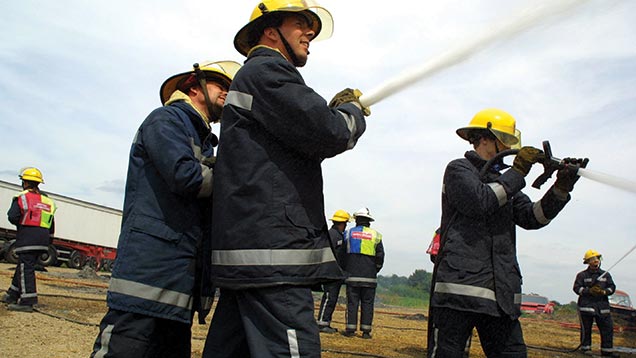Poultry farmers – do you have adequate insurance?
 Library photo © Phillip Hays/Rex Shutterstock
Library photo © Phillip Hays/Rex Shutterstock Recent issues around diseases in the poultry sector have highlighted the need for businesses to consider the adequacy of all their insurance protection.
The biggest misconception with insurance of all types is that people often don’t understand what cover they have purchased until they have a potential claim. It is then they discover, and possibly regret, that they made their purchasing decision based upon price, rather than the risks that the business actually faces.
See also: Bird flu insurance: What should your policy cover?
The starting point for any insurance purchase is to ask:
- What is the size of cheque the business can afford to write without having a severe impact?
- What is the size of loss that it is unable to stand and will cause the business to fail?
- How has the business changed since the current insurance protection was established?
- What has changed in the external environment that can affect the business?
Once these have been evaluated, then it’s a matter of considering how to either transfer the risk, manage the risk or remove it altogether.
Insurance solutions
In most instances, the transfer of risk involves passing it to another party through insurance.
The majority of policies cover so-called “standard perils” like fire, flood, burst pipes, falling trees and theft. But when it comes to the poultry industry, these are nowhere near wide enough to offer adequate protection.
Risks change depending upon what type of production is in place – layers, broilers or turkeys – but in the main the following additional risks are normally considered:
- Mechanical or electrical breakdown
- Heat stress
- Panic and smother
The insurance market for poultry risks isn’t large, but most insurers will be happy to offer such cover.
Disease
Some insurers are also willing to extend their policies further and offer “all risks of mortality”. This covers the death of the birds, beyond natural crop mortality, and the subsequent financial losses.
Most policies exclude notifiable diseases such as avian influenza (AI) or Newcastle disease (ND), but often some cover can be included if the business considers that this is important to them.
The risks to consider here are that the government will only pay compensation on healthy birds that have to be culled.
The business will also need to cover the costs of cleaning the site to the standards that are required by the relevant authority, which can be huge.
There are wider considerations too. Many packing stations are located on or near poultry farms and this produces a real risk that the business could be crippled if it falls within a 10km restriction zone.
Similar issues exist with broiler production, where farms may be clustered close to processing facilities. The risk this creates is sometimes overlooked, often due to a lack of knowledge on how an outbreak will be handled and the subsequent impact it will have.
But there is not an insurer out there who would be willing, or able, to underwrite large-scale AI coverage, sufficient to protect businesses in the event of a significant outbreak. As such, an industry-funded solution seems to be more realistic, perhaps with the insurance market providing some reinsurance solution supporting this.
This would ensure some compensation to businesses that are indirectly affected by an outbreak, but are unable to claim any aid from government.
Salmonella in broilers
The issue of salmonella is very important at the moment with some processors unwilling to accept broilers that have tested positive.
A standard policy will not respond to the voluntary slaughter of birds, so it is important to check what cover is in place.
In financial terms, a flock of 200,000 birds could be worth nearly £500,000 and if these birds are not accepted by the processor it will leave the grower in a very poor situation indeed.
The best advice here is to:
- Check with your processor on their current approach if the birds do test positive
- Check who contractually owns the birds and is therefore liable for the costs of chicks, feed and disposal
- Check with your insurer/broker if you have the specific cover in place to slaughter the birds
The situation faced by the broiler sector is very similar to what happened in the egg market when the National Control Programme was introduced in January 2009.
At this point commercial laying eggs from salmonella-positive birds needed to be heat-treated before entering the food chain, making them uneconomic.
A subsequent solution was introduced by insurers, offering a policy which would pay for the loss of income following slaughter of the birds.
Andy Dutton is client director at DRP Insurance Brokers and has 12 years’ experience of advising poultry farmers, processors and related businesses on insurance matters.

